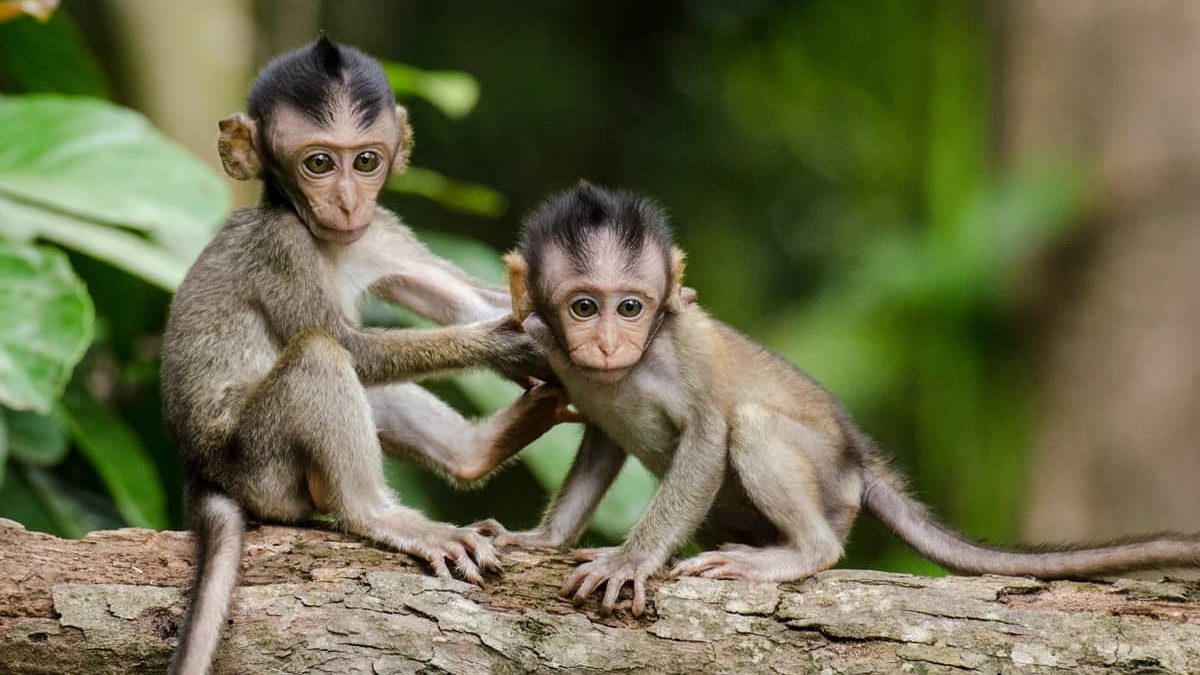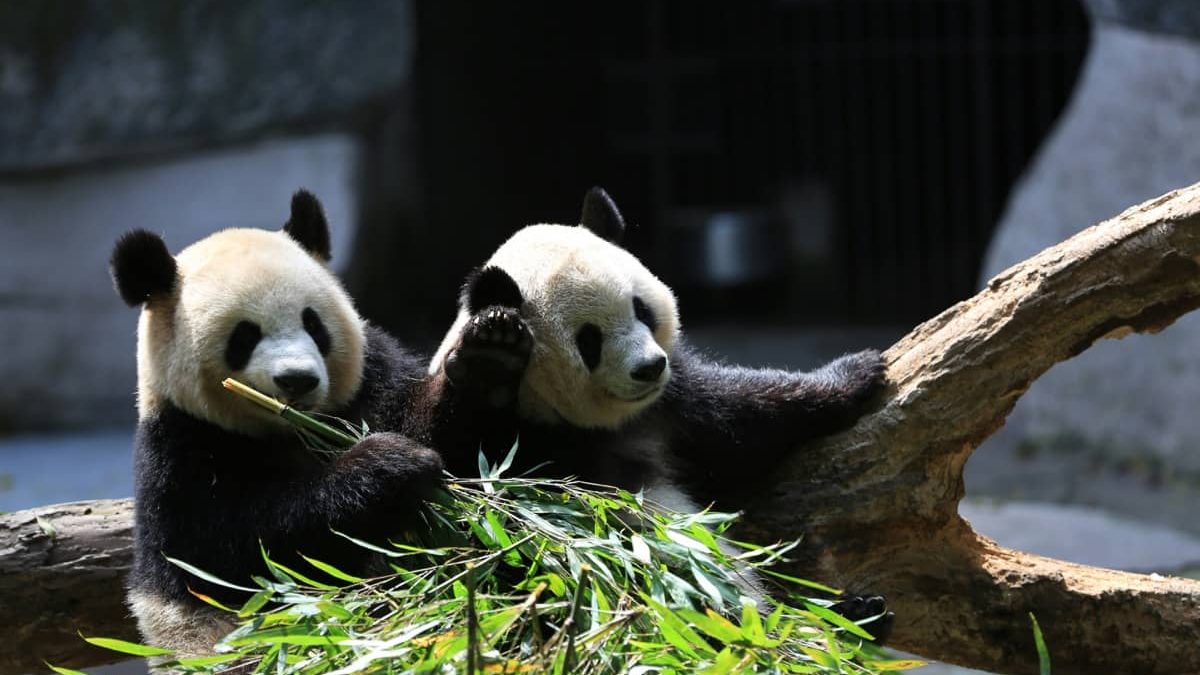
Where Do Monkeys Sleep?
Monkeys, with their playful antics and swinging skills, are a constant source of amusement. But when the sun sets and the jungle quiets, where do these energetic creatures go to sleep? Unlike humans tucked away in beds, monkeys have a unique approach to slumber, perfectly suited to their arboreal lifestyle.
Where Do Monkeys Sleep at Night?
Monkeys lack the adaptations for comfy couch potato positions. They don’t build nests or burrow underground. So, where do they sleep? The answer lies in the trees:
- Sleeping Trees: Monkeys choose specific trees within their territory to sleep in at night. These trees are typically tall and offer a good view of the surrounding area.
- High Up for Safety: Sleeping high in trees provides monkeys with a safe haven from predators that might roam the forest floor at night. The elevated position allows them to spot danger and escape quickly if needed.
- Cozy Branches: Monkeys will settle in comfortable spots on sturdy branches. They might sit, lie on their bellies, or even curl up in a ball – all while clinging tightly to the branch.
Where Do Wild Monkeys Sleep?
The specific location of a monkey’s sleeping tree depends on several factors:
- Monkey Species: Different monkey species have varying preferences. Some, like spider monkeys, favor dense foliage for added protection, while others, like colobus monkeys, might choose more open areas within the canopy.
- Group Dynamics: Monkeys are often social creatures, and many species sleep together in groups. This provides a sense of security and warmth, especially for smaller monkeys.
- Food Availability: Monkeys will typically choose sleeping trees located near food sources, making it easier for them to begin foraging again at dawn.
Do Monkeys Sleep Differently in Winter?
Since most monkeys live in tropical or subtropical regions, they don’t experience harsh winters. However, some species living in areas with seasonal changes might exhibit slight variations in their sleep habits:
- Seeking Shelter: During periods of heavy rain or strong winds, monkeys might seek out sleeping trees with denser foliage or those located near caves or rock overhangs for additional protection.
- Huddling for Warmth: In cooler temperatures, monkeys might huddle closer together on branches for shared body heat, especially mothers with young offspring.
Interesting Facts About Monkey Sleep
Here are some fascinating tidbits about the nighttime routines of these captivating primates:
- Light Sleepers: Monkeys are generally light sleepers. They might occasionally wake up to scan their surroundings or adjust their position. This vigilance helps them stay alert to potential threats.
- Sleeping Positions: Monkeys are flexible creatures, and their sleep positions can vary. They might sleep sitting upright, curled up on their bellies, or even hanging upside down by their tails for short periods.
- Pre-sleep Rituals: Some monkey species might engage in pre-sleep grooming behaviors like picking through each other’s fur. This social interaction can strengthen bonds within the group.
The Importance of Safe Sleeping Sites for Monkeys
Safe and secure sleeping trees are crucial for monkey well-being. These areas allow them to rest undisturbed and recharge for the next day’s activities. Habitat loss and deforestation threaten the availability of suitable sleeping trees for monkeys.
Conclusion: A Night in the Life of a Monkey
By delving into the world of monkey sleep, we gain a deeper appreciation for these intelligent creatures. Their reliance on sleeping trees, coupled with their unique sleep positions and social behaviors, paints a fascinating picture of their nighttime routines. As we strive to conserve monkey populations, protecting their forests and ensuring access to safe sleeping sites remains a critical priority.


